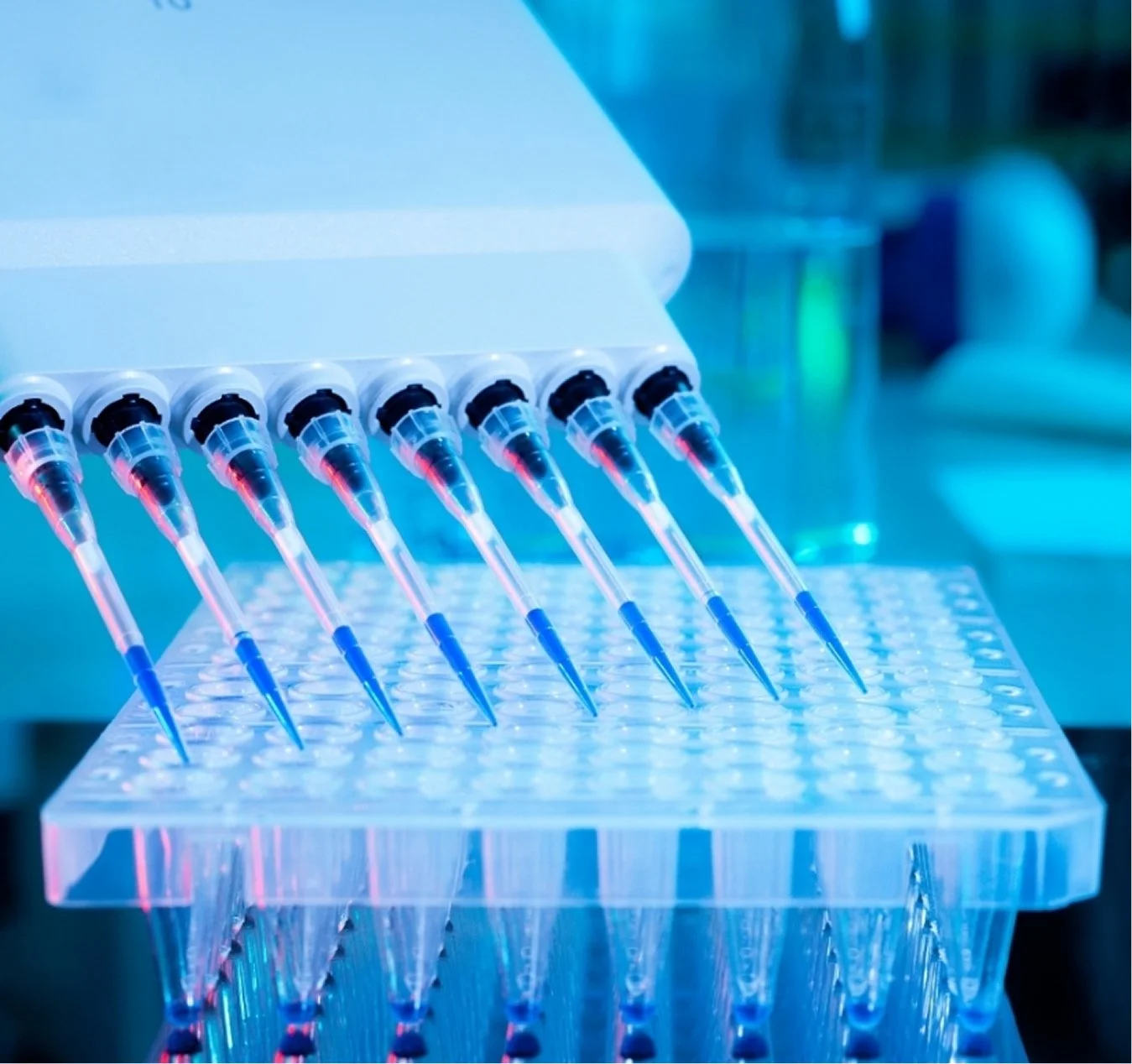 Image 1 of 1
Image 1 of 1


Human Adiponectin ELISA Kit
SIZE
96 wells/kit
INTRODUCTION
Adiponectin is an adipokine exclusively expressed in adipose tissues with potent anti-diabetic, anti-atherogenic and anti-inflammatory functions.
In humans, decreased serum adiponectin levels are associated with increased body mass index (BMI), decreased insulin sensitivity, less favourable plasma lipid profiles, increased inflammation and increased risk for the development of type 2 diabetes, hypertension and coronary heart diseasesa
PRINCIPLE OF THE ASSAY
This assay is a quantitative sandwich ELISA using monoclonal antibodies against human adiponectin. The immunoplate is pre-coated with a monoclonal antibody specific for human adiponectin. Standards and samples are pipetted into the wells and any human adiponectin present is bound by the immobilized antibody. After washing away any unbound substances, a horseradish peroxidase (HRP)-linked monoclonal antibody specific for human adiponectin is added to the wells. After a final wash step, an HRP substrate solution is added and colour develops in proportion to the amount of human adiponectin bound initially. The assay is stopped and the optical density of the wells determined using a microplate reader. Since the increases in absorbance are directly proportional to the amount of captured human adiponectin, the unknown sample concentration can be interpolated from a reference curve included in each assay.
SIZE
96 wells/kit
INTRODUCTION
Adiponectin is an adipokine exclusively expressed in adipose tissues with potent anti-diabetic, anti-atherogenic and anti-inflammatory functions.
In humans, decreased serum adiponectin levels are associated with increased body mass index (BMI), decreased insulin sensitivity, less favourable plasma lipid profiles, increased inflammation and increased risk for the development of type 2 diabetes, hypertension and coronary heart diseasesa
PRINCIPLE OF THE ASSAY
This assay is a quantitative sandwich ELISA using monoclonal antibodies against human adiponectin. The immunoplate is pre-coated with a monoclonal antibody specific for human adiponectin. Standards and samples are pipetted into the wells and any human adiponectin present is bound by the immobilized antibody. After washing away any unbound substances, a horseradish peroxidase (HRP)-linked monoclonal antibody specific for human adiponectin is added to the wells. After a final wash step, an HRP substrate solution is added and colour develops in proportion to the amount of human adiponectin bound initially. The assay is stopped and the optical density of the wells determined using a microplate reader. Since the increases in absorbance are directly proportional to the amount of captured human adiponectin, the unknown sample concentration can be interpolated from a reference curve included in each assay.


